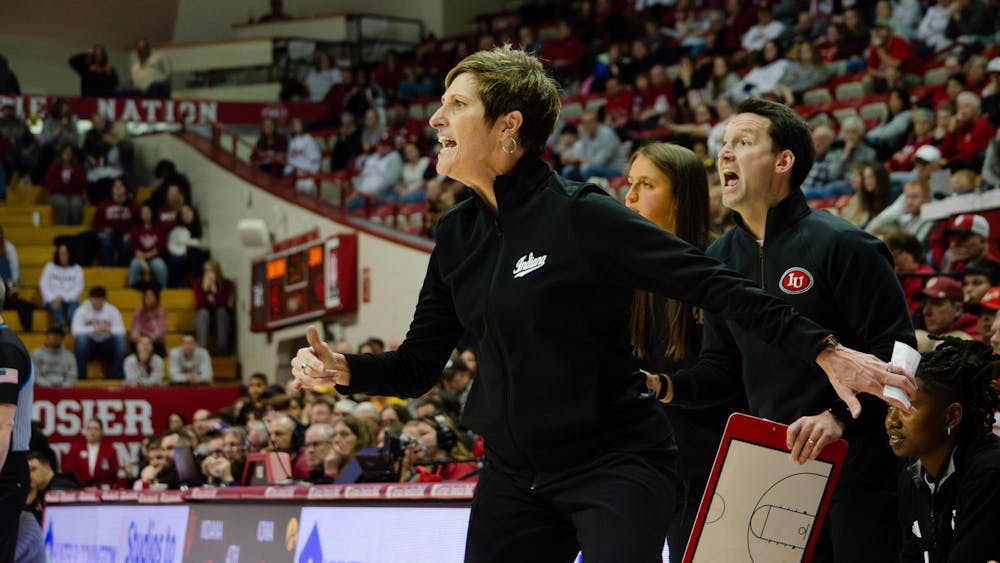“It’s imperative to be able to cross these disciplines,” Fleezanis said. “It requires deviating from how we normally do things.”
The Behind the Score project focuses on Johannes Brahms’ composition “Symphony No. 1 in C Minor, Op. 68.” The Symphony Orchestra will perform the piece at 8 p.m. Wednesday in the Musical Arts Center. The performance features guest conductor Cliff Colnot.
The project is dedicated to teaching the musicians about more than simply performing the piece, Fleezanis said.
Their curriculum includes two guest speakers who gave the orchestra extensive biographical and musical information about Brahms and his work.
The concert will begin with a video that illustrates the project for the audience, Fleezanis said.
Cellist Styra Avins presented her research on the life and historical background of the composer in her lecture, “Brahms: The Making of the First Symphony.” The lecture highlighted what the symphony meant to the genre, Fleezanis said.
The knowledge of Brahms’ biography and the composition of the work will contribute to the Symphony Orchestra’s understanding of the piece, Fleezanis said.
University of Minnesota professor Michael Cherlin spoke about the harmonic behavior of the piece in his lecture “Liminal Space and the Uncanny in Brahms’ First Symphony.”
His presentation was an unusual blend of literature and translation of musical thoughts, Fleezanis said.
Musicology, or the scholarly analysis and research of music, is important for the orchestra members to understand, and it should not be separated from the performance of music, Fleezanis said.
Colnot said his experience of working with the Symphony Orchestra on Behind the Score has been overwhelmingly positive.
“The students are serious, interested in learning and happy to donate their discretionary time to getting better,” Colnot said in an email.
Colnot is the principal conductor of the Chicago Symphony Orchestra’s MusicNOW series and the principal conductor of the Civic Orchestra of Chicago. He has taught at Columbia College, DePaul University and the University of Chicago.
The idea for the project came from both Fleezanis and Colnot during a dinner in Chicago and Fleezanis implemented it, Colnot said in an email.
Colnot is the perfect colleague for this project, and he helps the orchestra to understand the design of the piece, Fleezanis said.
“He gives them the tools to listen to what they need to listen to,” Fleezanis said. “He’s eager to learn and eager to be a collaborative partner in this project.”
Fleezanis said the symphony is incredibly significant because it is like “a continuation of Beethoven.”
Brahms’ symphony has a sentiment that is poetic and deeply intimate, she said.
Fleezanis said the orchestra’s exposure to the background of the symphony is gratifying both musically and technically, and the orchestra performs it with confidence.
“They will have much more to bring to the piece,” Fleezanis said. “The orchestra has grown tremendously from this.”





